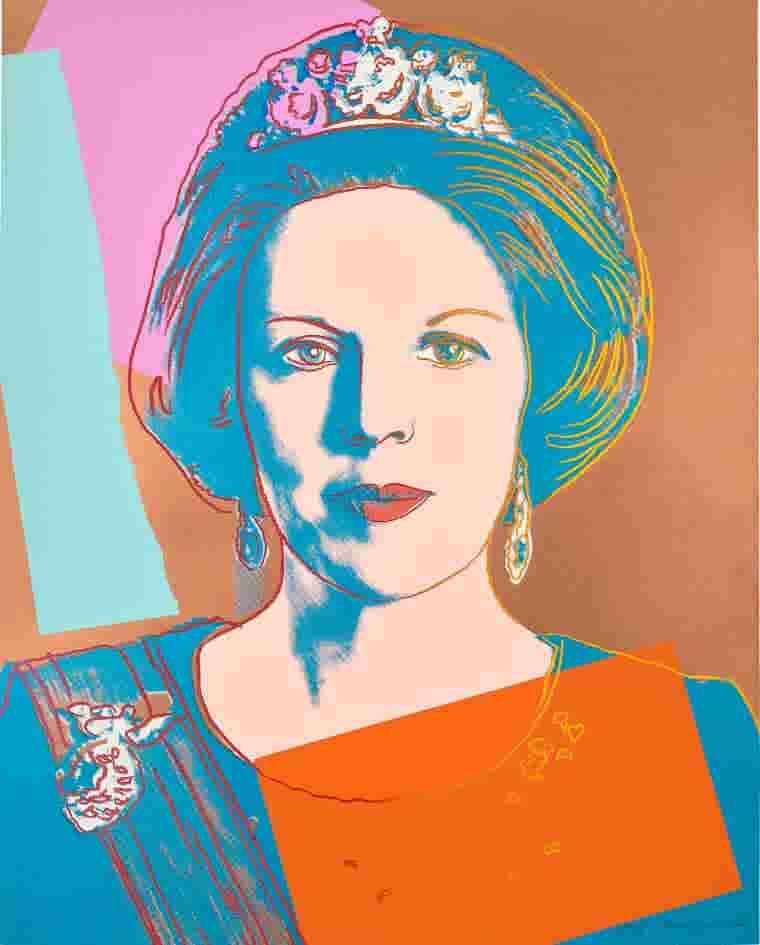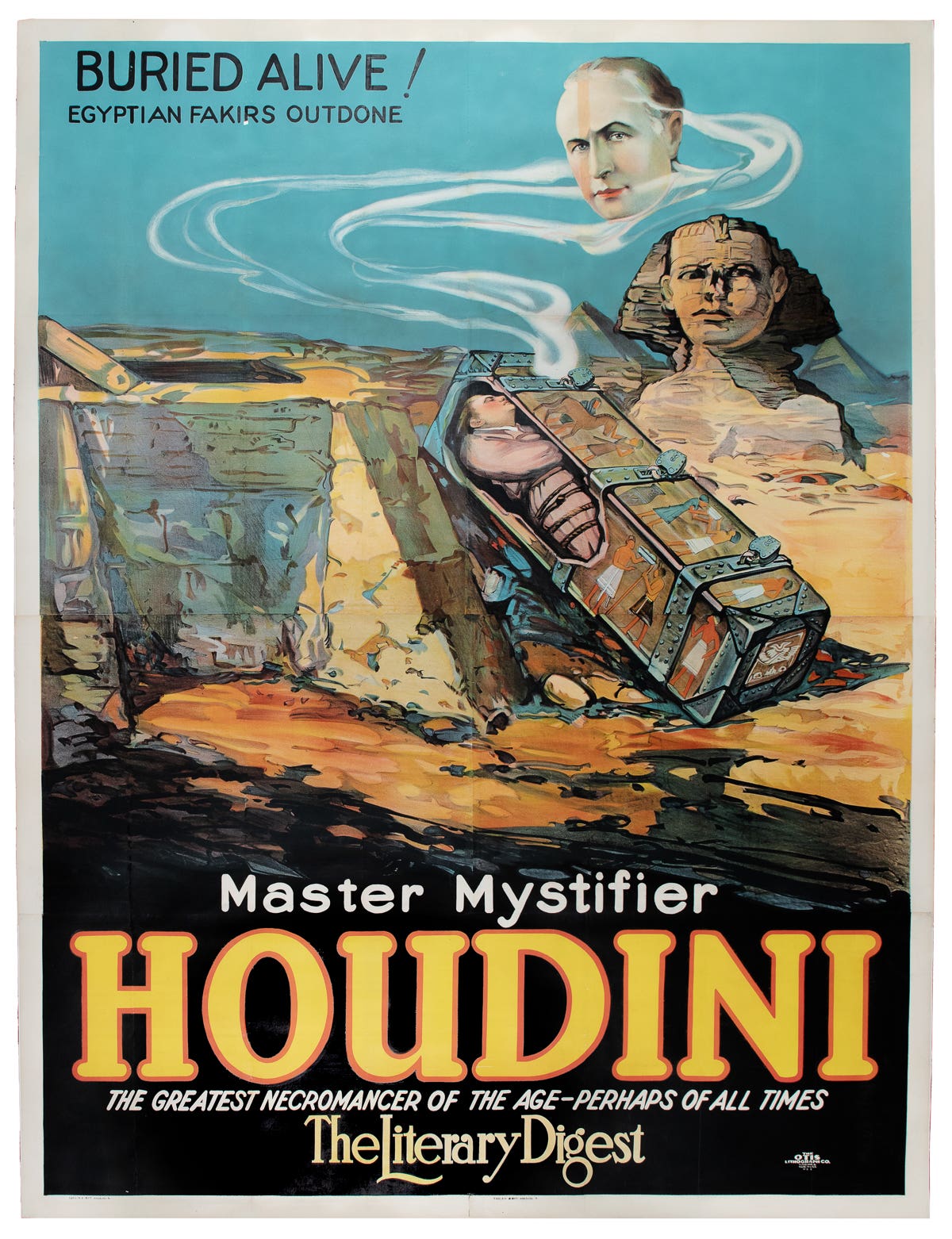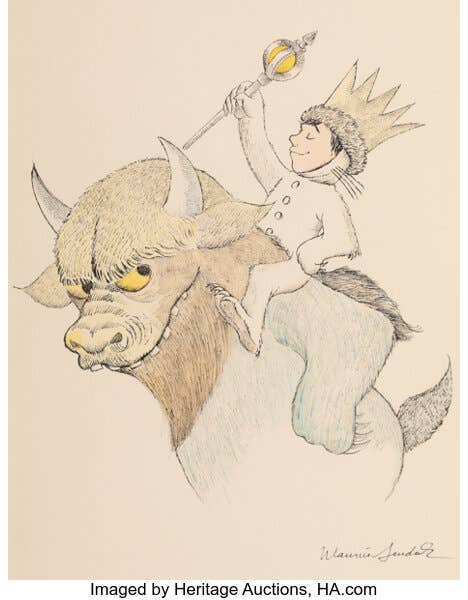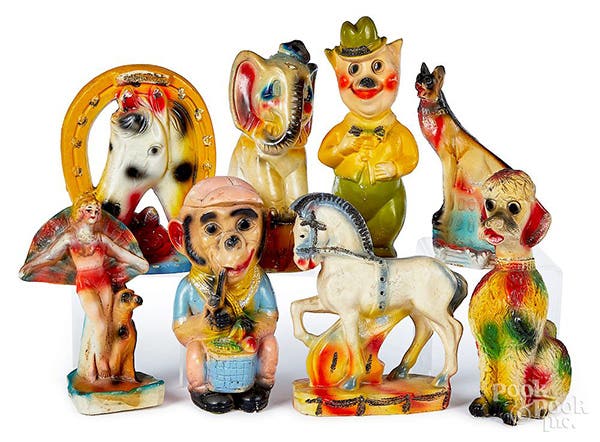Ten Things You Should Know About Clementine Hunter
Did you know iconic Louisiana artist Clementine Hunter didn’t start painting until she was in her 50s? Or, that her work inspired an opera and play? Learn more about this inspiring southern artist.
By Antoinette Rahn
Her artwork evokes emotion and energy, and the story behind her foray into artistry is one of legend. She is Clementine Hunter and below are 10 (of many) things you should know about this iconic artist.
1 Born in the Cane River Valley of northwestern Louisiana during the fourth quarter of the 19th century, Clementine Hunter lived in the area her entire life. A life that spanned about a century (1880s - 1988), as the precise year of her birth is unconfirmed. Her paintings largely reflect the life of African Americans living and working on Southern plantations during the early 20th century. She spent more than seven decades living, working, and painting at the Melrose Plantation in Natchitoches Parish, Louisiana.
Clementine Hunter Inspires an Opera
2 Composer Robert Wilson created the opera “Zinnias: the Life of Clementine Hunter” in 2013. Zinnias are a popular subject in Hunter’s paintings. They are also a focal point in the story about Hunter’s beginnings as a painter.
Enjoy a clip from a performance of "Zinnas: the Life of Clementine Hunter" play:
3 The story of how Hunter began painting appears to have a couple versions. I guess that makes sense, a good folk story fitting of an intriguing self-taught folk artist. According to some, her first painting was of a bouquet of zinnias in a copper bowl, created using oil paints given to her by artist Alberta Kinsey, on a piece of corrugated cardboard. In addition, it's said Hunter found several tubes of paint while cleaning one of the artist guest cottages at Melrose, and used them to create her first painting on an old window shade. Regardless of how it happened, Hunter undoubtedly discovered a love and talent for painting.
Art Through Everyday Objects
4 The place where Hunter spent the majority of her life, Melrose Plantation, was built on land owned and cultivated by former slave Marie Thérèse Coincoin and her sons. The main plantation house, cottages, outbuildings and barn were completed in the 1830s. After changing hands between the 1840s and 1890s, it became the property of John Hampton Henry and Carmelite (Cammie) Garrett Henry. Clementine Hunter’s family moved to Melrose Plantation to work as sharecoppers around 1899, when Clementine was just 12 years old. Following Mr. Henry’s death after the turn of the century, Mrs. Henry maintained the agriculture production and also developed Melrose into a sought-after artist colony. (www.melroseplantation.org).
5 Although it’s reported she didn’t begin painting until she was in her 50s, Hunter made good use of the years she was painting, reportedly creating at least 5,000 artworks. She is known for using various materials and objects (including bottles, boards, fabric) to serve as the ‘canvas’ for her artwork, earning her accolades for creating ‘found object art.’
At Exhibition
6 Among Hunter’s most celebrated works are the ‘African House Murals.’ The murals reside on
the second floor of the African House on the Melrose Plantation grounds. The murals are oil paintings on plywood, and depict the cycle of life of people living in the Cane River Valley. She was 68 when she painted the murals. They, like all of Hunter’s work, are ‘memory paintings.’ This simply means the painting are created from the thoughts and recollection of the artist, and are not meant to be formal depictions of the happenings of the period.
7 Hunter’s work is among past exhibitions at several museums including the Ogden Museum of Southern Art in New Orleans; African American Museum, Dallas; American Folk Art Museum, New York; Museum of Fine Art, Boston, and the Smithsonian National Museum of African American History and Culture, Washington, D.C., among others.
8 Early on, Hunter would give away her paintings. When she began selling them, often to people she knew, the price was between 25 cents and a few dollars. Once word got out that Hunter lived in a cottage on the Melrose Plantation, people began clamoring for the chance to tour her home, a visit that would cost 25 cents. However, if someone also wanted to take a photo with the artist, it would run them a dollar, according to an article in The New York Times.
Hunter the Honorary Doctorate
9 Hunter worked in the fields of Melrose Plantation, tended the gardens, cooked, and made clothes for the Henry children. In addition, her talents include creating quilts.
10 In 1985 Hunter received an Honorary Doctorate of Fine Arts by Northwestern State University of Louisiana. Thirty years prior, due to laws of segregation, Hunter had to sneak into the art gallery of that very same university to see an exhibition of her paintings.
Sources: “Painting by Heart – The Life and Art of Clementine Hunter, Louisiana Folk Artist,” by Shelby R. Gilley; https://artistshomes.org/site/melrose-plantation; www.latimes.com








